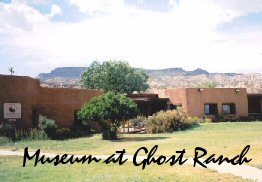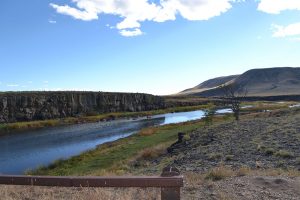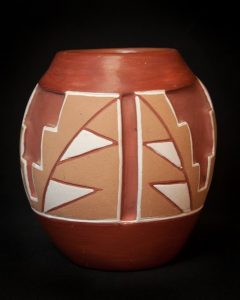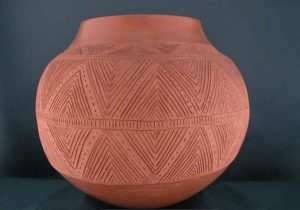My time in the museum this week was spent working on the photographs I took of the vessels in Photoshop, finalizing the inventory sheets, making labels for the vessels in the Mezzanine, and attending a planning meeting for a fundraiser for the museum. It was a very productive week :)!
This week I would like to share with you the process of pottery making…
The process is quite similar for all the Pueblo Indians. Clay is the basic ingredient; the raw material is finely pulverized and cleaned of all stones. It is tempered with finely powdered material, such as sand, volcanic ash or potsherds that have been crushed. Temper varies among the pueblos, but the purpose of the temper is always the same. Temper keeps the wet clay from being too sticky and from cracking while the pottery dries. Each village is very conservative in sticking to its tradition, it is possible to attribute a pot to a certain village by the appearance of the temper alone.
A pot is formed by rolling the clay into small sections of “rope” and these are coiled to build up the walls of the pot. The shaping and thinning is accomplished with a piece of gourd for a scraper. If the pot is to be decorated with carving or scratching into the surface it takes place at this point.
The surface of the pot is quite rough, it cannot be highly polished and does not make a good base for painted designs. It is for this reason that most decorated Pueblo pottery is covered with slip. This is an especially fine white or red clay that is mopped on in a water suspension, while it is still damp, and is polished with a smooth stone or rag.
The under-body of the vessel is not slipped; the surface of the clay is smothered as well as possible by a process called “floating.” While the clay is still wet, the finest particles are puddled to the surface of the vessel with a smooth stone, thus producing a fine clay coating that can be polished almost like slip.
The vessels are laid out on a framework of rocks or sheet metal for firing. They are covered with slabs of dried cow dung or other slow burning fuel. If the desired color is jet black the fire is smothered; otherwise the fire produces shades of tan, cream, red, orange, and yellow.
BIBLIOGRAPHY
Frank, Larry and Francis H. Harlow. Historic Pottery of the Pueblo Indians 1600-1880. Schiffer Publishing Ltd. 1990.

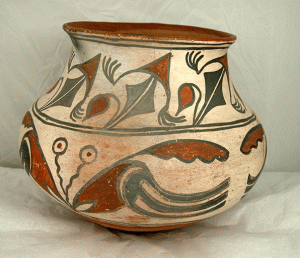
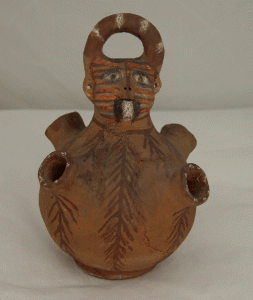

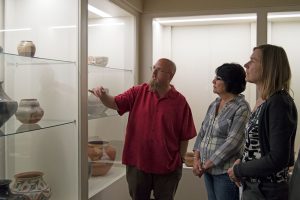
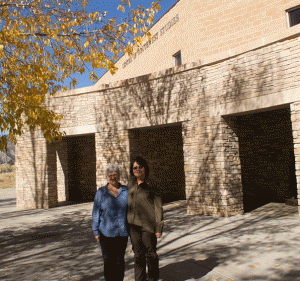

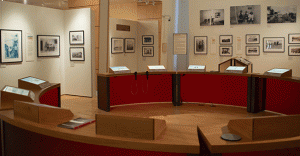
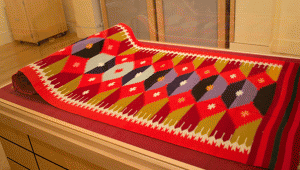

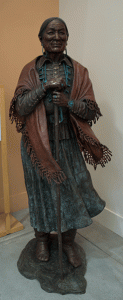 I would say that this part of my journey as an intern has been a remarkable experience. I have learned so much and my interest in museum work has increased. I was very fortunate to have spent the day visiting with Jeannie Brako and getting to see Fort Lewis College’s Center of Southwest Studies and Linda Baker at the Southern Ute Cultural Center and Museum. Thank you to all who made this experience possible.
I would say that this part of my journey as an intern has been a remarkable experience. I have learned so much and my interest in museum work has increased. I was very fortunate to have spent the day visiting with Jeannie Brako and getting to see Fort Lewis College’s Center of Southwest Studies and Linda Baker at the Southern Ute Cultural Center and Museum. Thank you to all who made this experience possible.